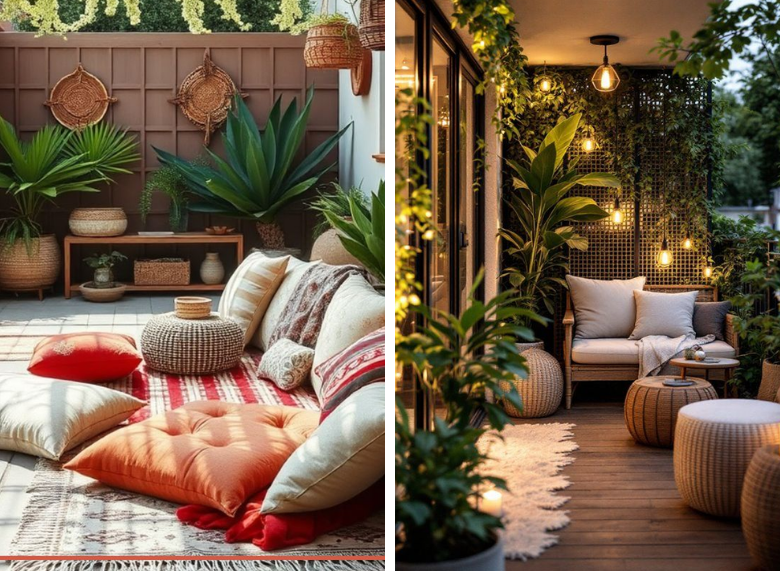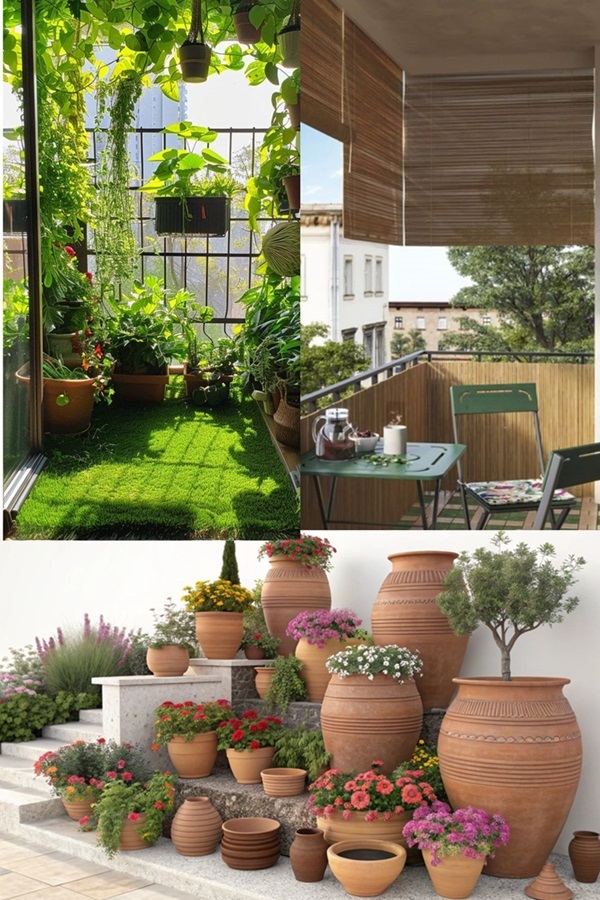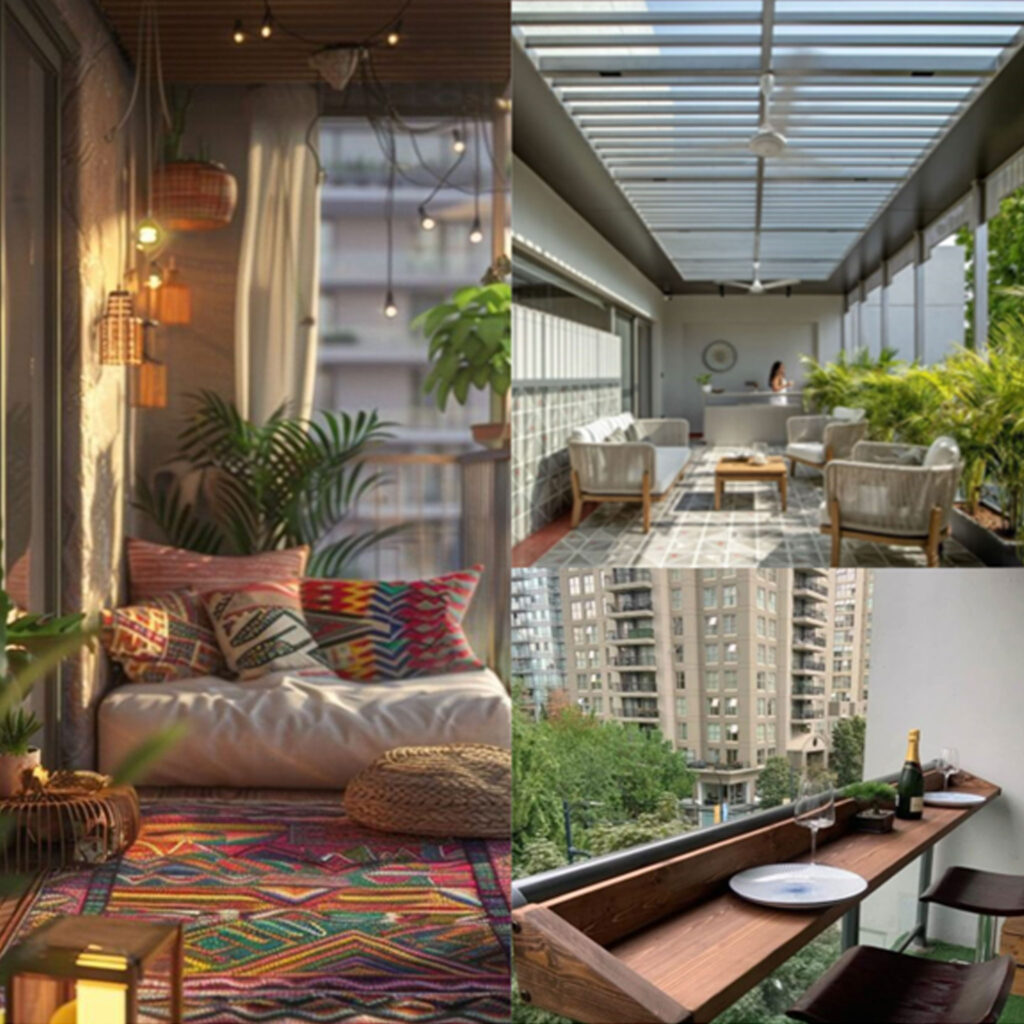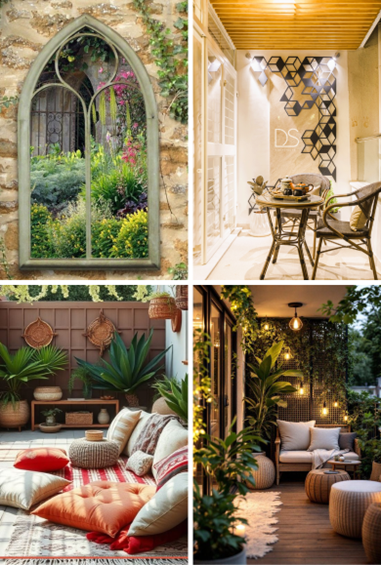
From Bare to Brilliant: 10 Smart Ideas for Designing Multifunctional Balconies & Terraces
In the historical context of Indian society, “The Aangan”, encompassing both front and back yards, served as essential multifunctional spaces. These areas were integral to residential life, facilitating social gatherings, gardening, play for children, festive celebrations, and quiet moments for reading. The backyard functioned as an extension of the kitchen, serving purposes such as drying clothes and preparing traditional foods.
In contemporary urban living, particularly in high-rise and mid-rise buildings, the luxury of such extensive outdoor spaces is often unavailable. However, despite the challenges, the spirit of traditional practices and lifestyle aspirations endures. This raises the question: how can individuals reclaim some of this functionality within confined spaces?
Balconies and terraces, often attached to living rooms, bedrooms, or kitchens, possess significant potential to be transformed into extensions of indoor living. With thoughtful design, these outdoor areas can be multifunctional, serving as relaxing retreats, social hubs, or dedicated spaces for wellness and work.
To initiate this process, one must first assess the dimensions of the balcony or terrace, including its length, depth, and height, as well as existing structural features such as railings. Understanding these parameters is crucial for maximizing the space’s potential. Next, it is important to determine the primary functions desired for the area, considering options such as exercise, social gatherings, festive celebrations, or tranquil spaces for relaxation.

Once the intended uses are established, an analysis of the orientation, dust exposure, and noise levels becomes necessary. This information will aid in effectively planning both the layout and the aesthetic elements. Based on budget considerations and the anticipated activities, the following categories should be examined during the design process:
1. Civil Work: Prioritize foundational tasks, including flooring installation, parapet construction, and window fittings. Selecting easy-to-maintain materials, such as tiles or stone, for flooring is advisable. At this stage a hook for installation of swing can be also installed in ceiling if required.
2. Lighting: Incorporate diverse lighting solutions, including string lighting, lamp fixtures, and ceiling fan placements, to create suitable atmospheres for various occasions.
3. Carpentry: Consider built-in cabinetry for storage, vertical gardening solutions, and flexible seating arrangements. A railing table may serve dual functions as a work surface and a tea spot.
4. Movable Items: Enhance the ambience with decorative items, including rugs, lamps, and scented candles, while ensuring that outdoor furniture is tailored to the dimensions and intended uses of the space.
5. Utility Considerations: If the balcony adjoins the dining area, the inclusion of a wash basin or barbecue zone may be warranted, accompanied by necessary plumbing evaluations. One may like to include Bar counter too.
6. Wall Cladding: Enhance aesthetic appeal through the use of green walls or decorative art pieces, such as paintings and mirrors, which can invigorate the space. Even a thematic wallpaper with frame can be applied in Balcony wall which is budget friendly
7. Screens for Privacy & Roofing: To maintain privacy while minimizing dust intrusion, it may be prudent to install curtains, blinds, or sliding windows. Safety features, such as netting for higher-level balconies, should also be considered. For open terrace different roofing options – fixed or adjustable can be considered based on intended use and size like retractable awnings, pergolas, natural roof made up of bamboo or timber, fabric roof, glass/plastic roof etc.
8. Creating a Zen Space: Incorporate tranquil elements such as water features, wind chimes, and various plant species to foster a calming environment. The inclusion of green mats can further enhance the visual tranquillity.
9. Adaptability: Aim for designs that are mobile and minimalist, allowing for convenient adjustments in response to varying occasions and festivals and purpose.
10. Maximizing Space Efficiency: Ensure that every square foot is utilized effectively. Options such as floor cushions, seating that mimics traditional Indian Baithaks, stackable furniture and garden pots and defined meditation corners can provide flexibility, functionality and aesthetic value.


In summary, it is imperative to maximize the utility of available outdoor spaces. Through creative and systematic design, even compact balconies and terraces can be transformed into valuable multifunctional areas that significantly enhance the quality of life. Don’t aim for perfection…your décor can be rustic yet serene as in woods. Try to incorporate natural, sustainable things and make it functional. Let this balcony, this Lil space be your woods in an otherwise urban Jungle.

Leave a Reply